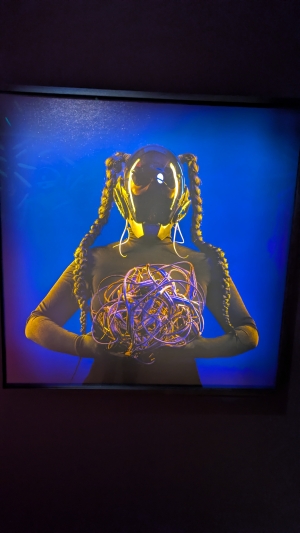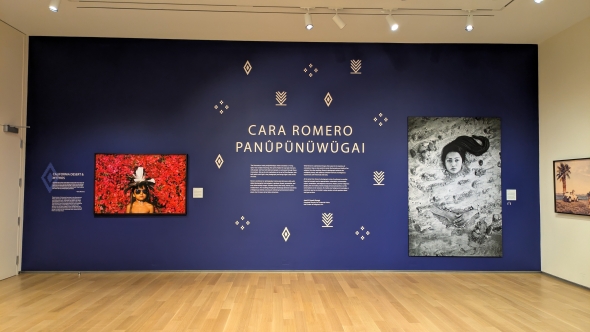
Class Sessions at the Hood Museum of Art
I have had some of my classes in past terms visit the Hood Museum as part of the course experience, but this term all three of my classes had visits, so it caught my attention. Sometimes the visits are to the galleries with a curator, and other times the visit is with a specialist in the Bernstein Center for Object Study. Two of my courses spent some time in the Center for Object Study this term, Rural Anthropology and Photographer as Activist, and the photography course also visited the galleries. I am also taking Religion and Compassion, and that course only visited the gallery. Sessions in the Center for Object Study are curated towards course themes and content, and gallery visits are selected if they are relevant to certain courses.
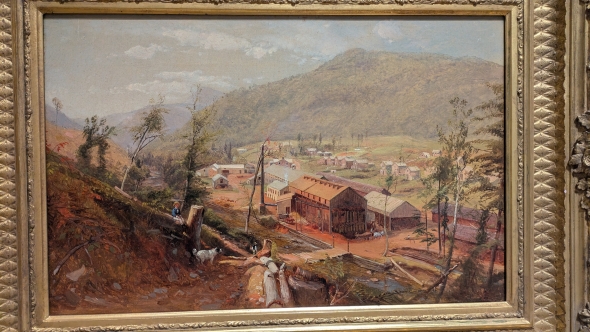
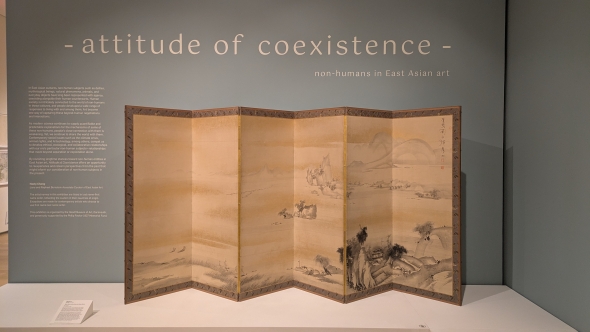
The main photo for this post, a dragon sculpture, was important in the context of the exhibit because the curator explained that the perception of dragons in East Asia is as whimsical creatures in harmony with humans. This was the exhibit we visited for the Religion and Compassion course. One of the other works in the exhibit that caught the attention of my class was one that, from a distance, appears to be traditional landscape art, and when you get up close you can see destruction and chaos.
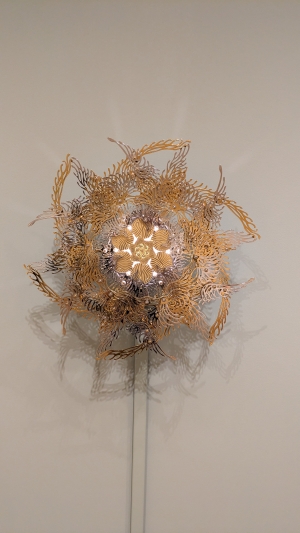
The Cara Romero photography exhibit was particularly inspiring to sit with while taking my Photographer as Activist course since it was super relevant to course themes of the artistic process and balancing aesthetics with creating meaning and sending a message. It was very informative and interesting to have a tour with the curator of the exhibit alongside audio recordings for select pieces if we found ones that we wanted to learn more about. The audio recordings are a new technique at the Hood being explored with this exhibit. The opportunity to learn course content, especially for courses not dedicated to art, through the lens of art is a particularly unique opportunity at Dartmouth.
